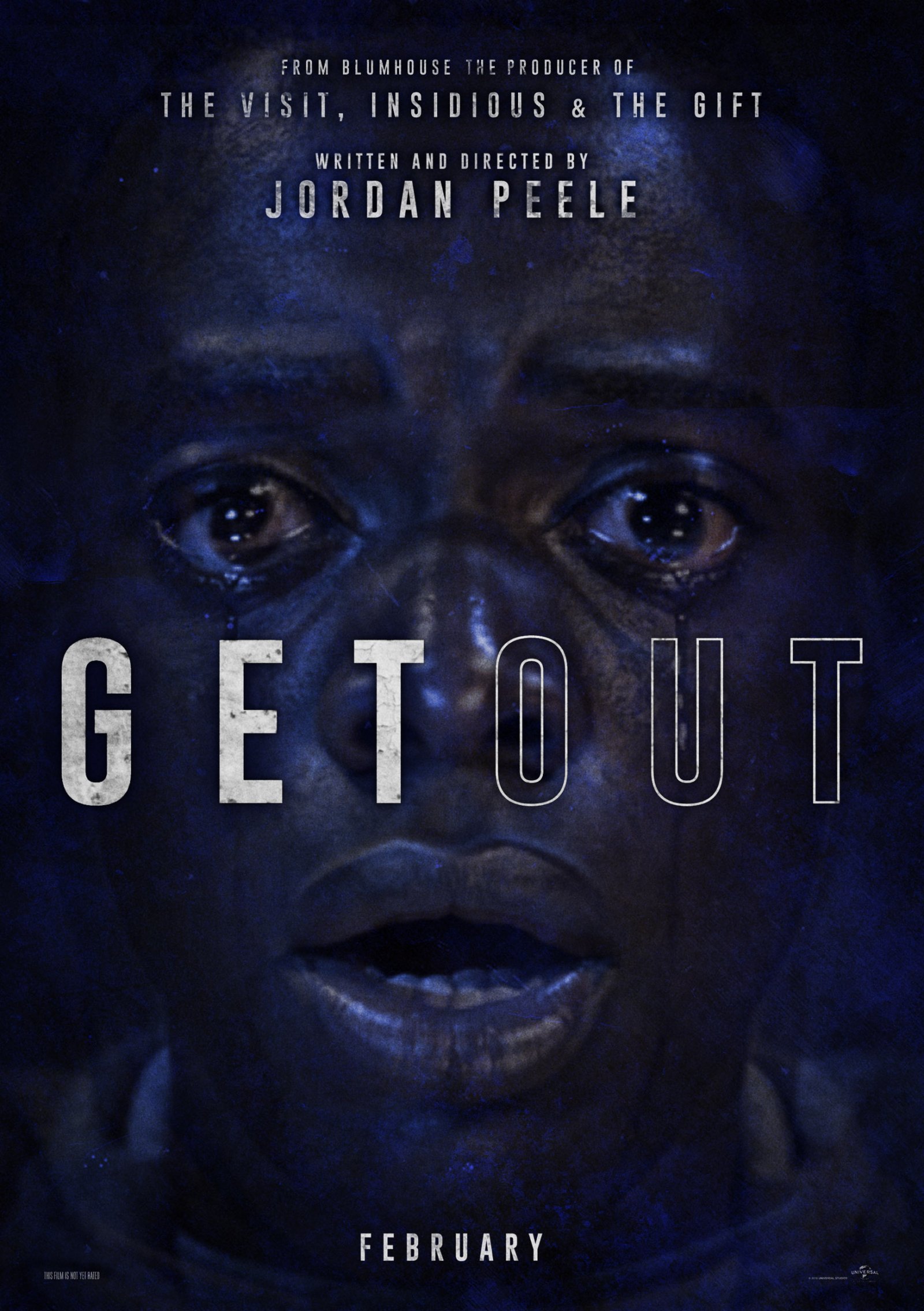The video was broken up into two parts: “Repeating History,” and “The Good, the Modern, and the Postmodern.” These two parts give us a quick history on the thought that led up to Modernism. The narrator is at a party talking to a woman who misuses the term “Postmodernism.” The rest of the video is meant to act as if the narrator spends the entire party, and even the morning after, explaining in layman's terms what Postmodernism is.
“Part 1: Repeating History” includes a background of Classicism in the Greco-Roman world, which would, in the 18th century, develop a counter ideology called Neoclassicism, which focused on empirical research- Science and logic were used to explain the world. The next counterculture in line was Romanticism, which challenged the Neoclassical thought that facts are more important than emotion. Romanticism would focus on the value of emotionality and personal experience. This would become a point of contention, and the two schools of thought were at odds with each other.
“Part 2: The Good, the Modern, and the Postmodern” Introduces Modernism, explaining that in the context of WWI and technology being made to kill people, creating the Lost Generation and also had brought out names such as Karl Marx, Friedrich Nietzsche, and Sigmund Freud. Social, Economic, and Political beliefs were questioned. Then, Postmodernism comes in as the “rebellious child” as an inverse to the structural thought of Modernism.
The narrator continues to provide differences among Modernism and Postmodernism, bringing back to the progression of technology. Modernist thought praised progress in that technology is the way that humanity improves, whereas Postmodern thought believe that progress may not necessarily be a good thing.One of the last comparisons made in the video was the difference in categorical preference between Modernists and Postmodernists. Modernists love genres, clear cut lines, and nicely fitting things into categories, whereas Postmodernists value what makes something different and unique.
 The idea within the video in which categorizing vs. celebrating uniqueness can be directly related to popular culture. Take, for instance, Jordan Peele’s horror/thriller films that have come out in recently. The creation of both Us (2019) and Get Out (2017) in itself is a great example of postmodernism in contrast with modernism. Jordan Peele is known for co starring in the comedy sketch series Key & Peele. His comedic reputation had not failed to be seen within his horror films. If Jordan Peele were to be creating movies and understanding himself as a filmmaker in Modernist thought, he would stick to purely comedy and stay within that genre. This is not the direction in which Peele had decided to go in, however. He, in following with postmodernist thought, genre-bent horror and comedy in Us (2019). Even Get Out (2017), a thriller with little humor involved steers away from the understanding of what kind of filmmaker Peele would be in comparison to his past.
The idea within the video in which categorizing vs. celebrating uniqueness can be directly related to popular culture. Take, for instance, Jordan Peele’s horror/thriller films that have come out in recently. The creation of both Us (2019) and Get Out (2017) in itself is a great example of postmodernism in contrast with modernism. Jordan Peele is known for co starring in the comedy sketch series Key & Peele. His comedic reputation had not failed to be seen within his horror films. If Jordan Peele were to be creating movies and understanding himself as a filmmaker in Modernist thought, he would stick to purely comedy and stay within that genre. This is not the direction in which Peele had decided to go in, however. He, in following with postmodernist thought, genre-bent horror and comedy in Us (2019). Even Get Out (2017), a thriller with little humor involved steers away from the understanding of what kind of filmmaker Peele would be in comparison to his past. 
No comments:
Post a Comment